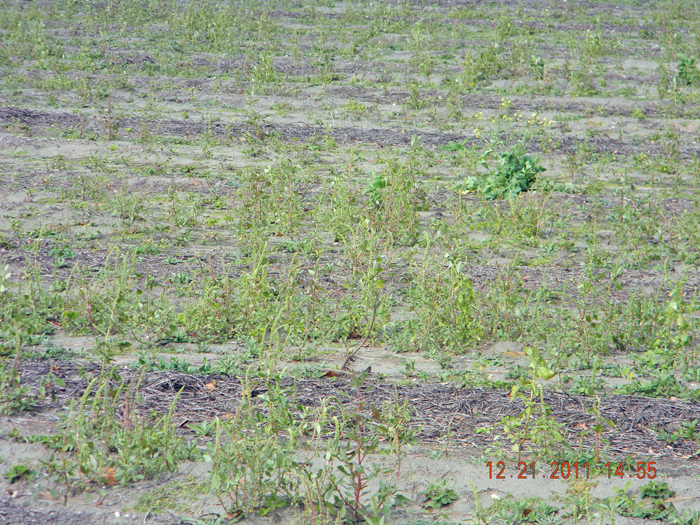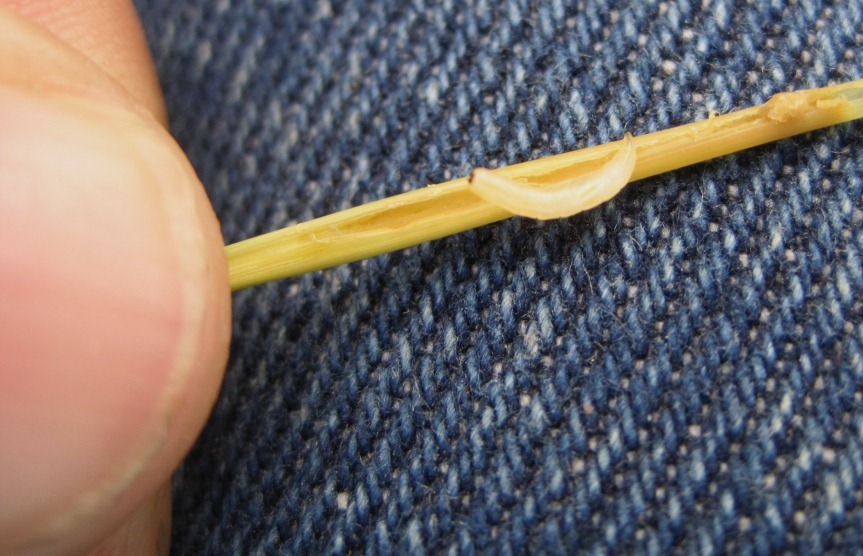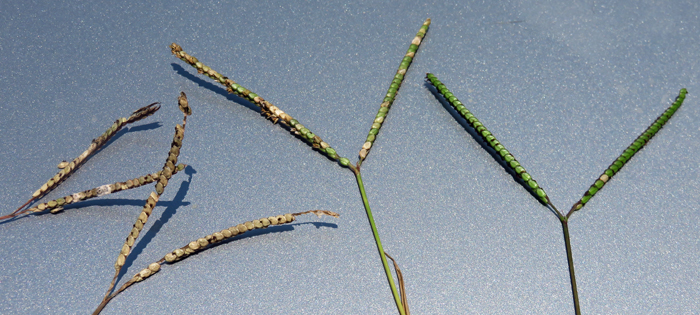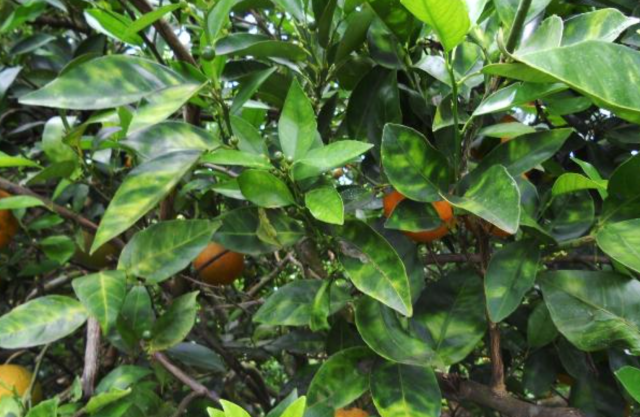
by jferrell | Sep 2, 2016
Many Florida cotton and peanut farmers have been fighting Palmer amaranth (pigweed) all season. With harvest is just around the corner, many farmers begin to relax their weed control efforts. Regrettably, you can’t give up on this horrible weed yet. With daytime...

by Blake Thaxton | Aug 26, 2016
Author: Jose Perez, UF/IFAS Small Farms Extension Coordinator Dr. Ayanava Majumdar is an Extension Entomologist for the Alabama Cooperative Extension System at Auburn University. His work focuses on finding practical solutions for managing insect pests that affect...

by Shep Eubanks | Aug 12, 2016
Bermudagrass Stem Maggots continue to be a cause of consternation to producers of high quality hay in the Panhandle in 2016. Research in Georgia indicates that, since their first discovery in that state in 2010, stem maggots have spread across the southeast. In...

by Doug Mayo | Aug 12, 2016
Several calls have come in to the Jackson County Extension Office recently from producers regarding something unusual in their “Argentine” bahiagrass fields. A parasitic fungal disease called ergot (Claviceps paspali) is growing on the seedheads (racemes)...
by Ethan Carter | Aug 12, 2016
Despite the rainy weather, the annual UF/IFAS Peanut Field Day was held on Thursday, August 11, 2016. The event took place at the North Florida Research and Education Center (NFREC), where specialists from both Florida and Georgia spoke to attendees regarding research...

by Ray Bodrey | Aug 5, 2016
Florida’s citrus producers, as well as backyard growers have battled detrimental issues like hard freezes and storm damage over the years. However, in recent years, emergent bacterial diseases known as citrus canker and citrus greening have been devastating...






